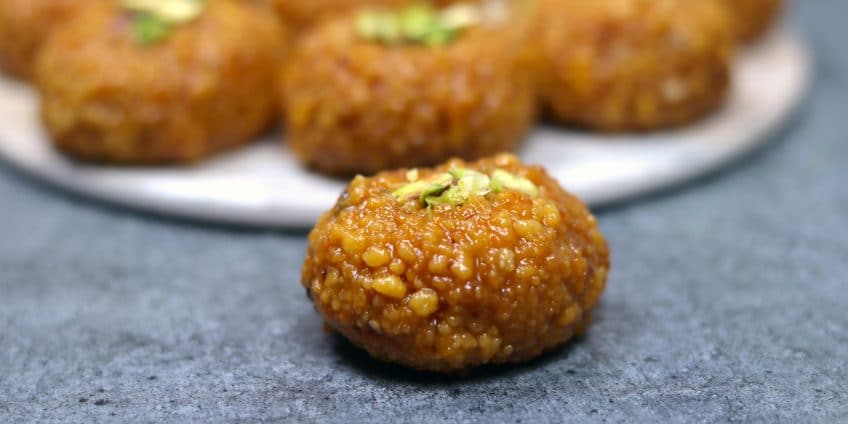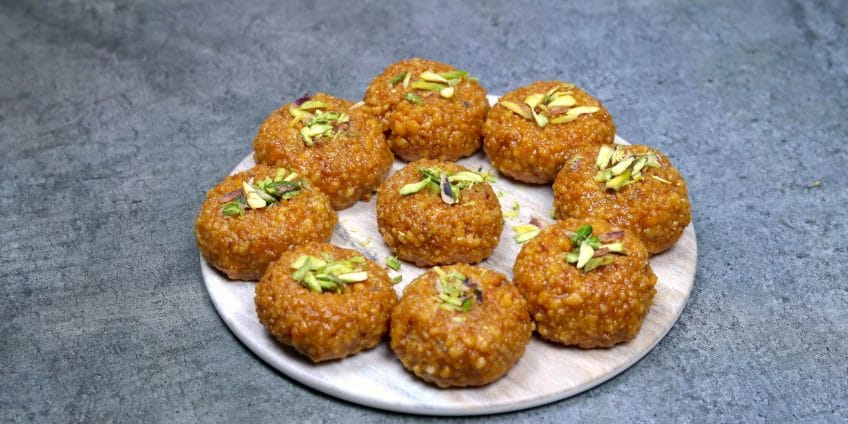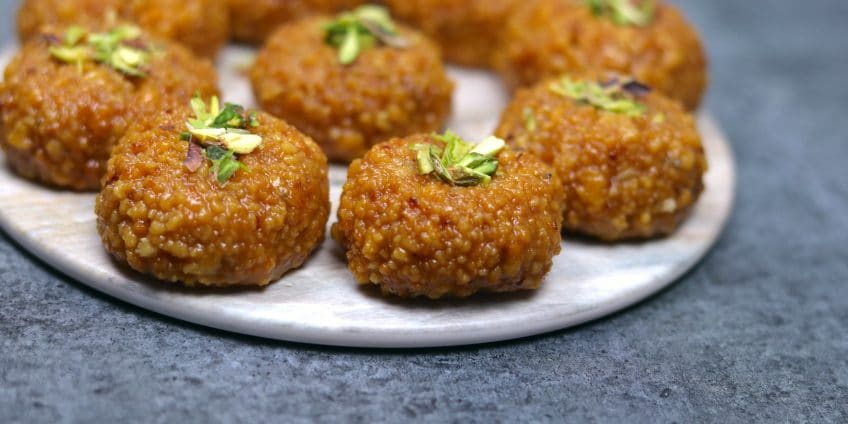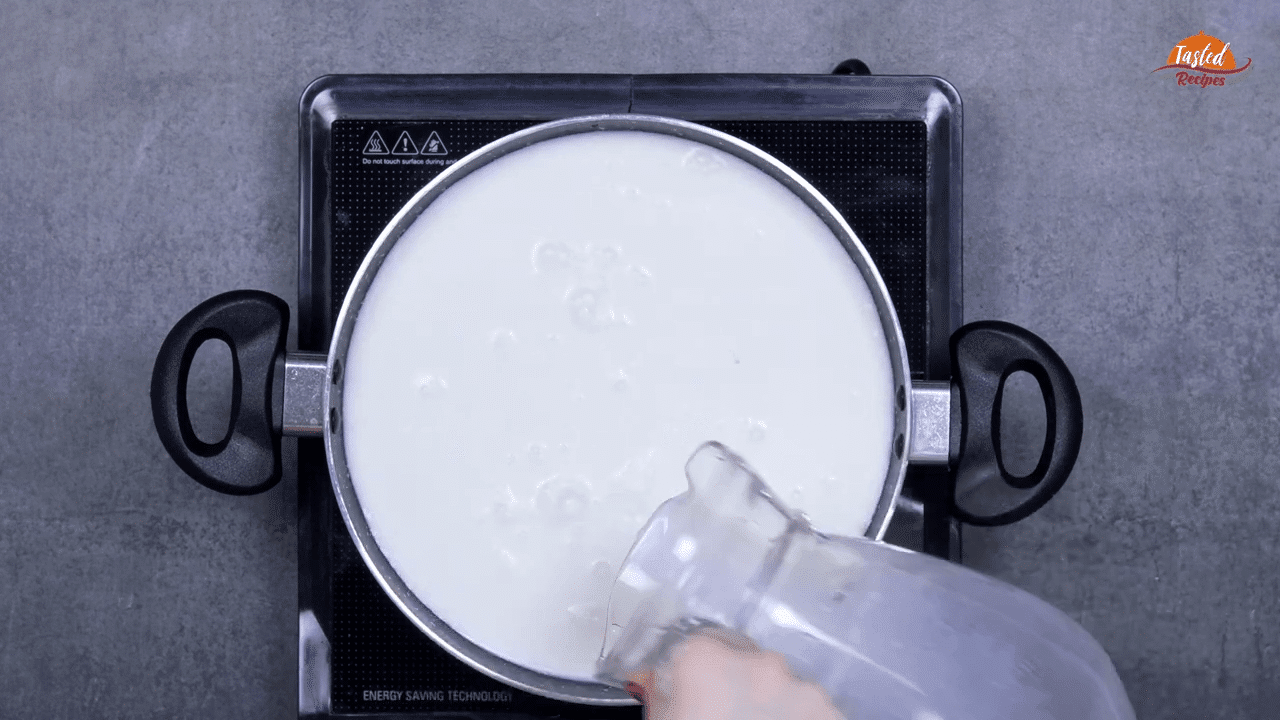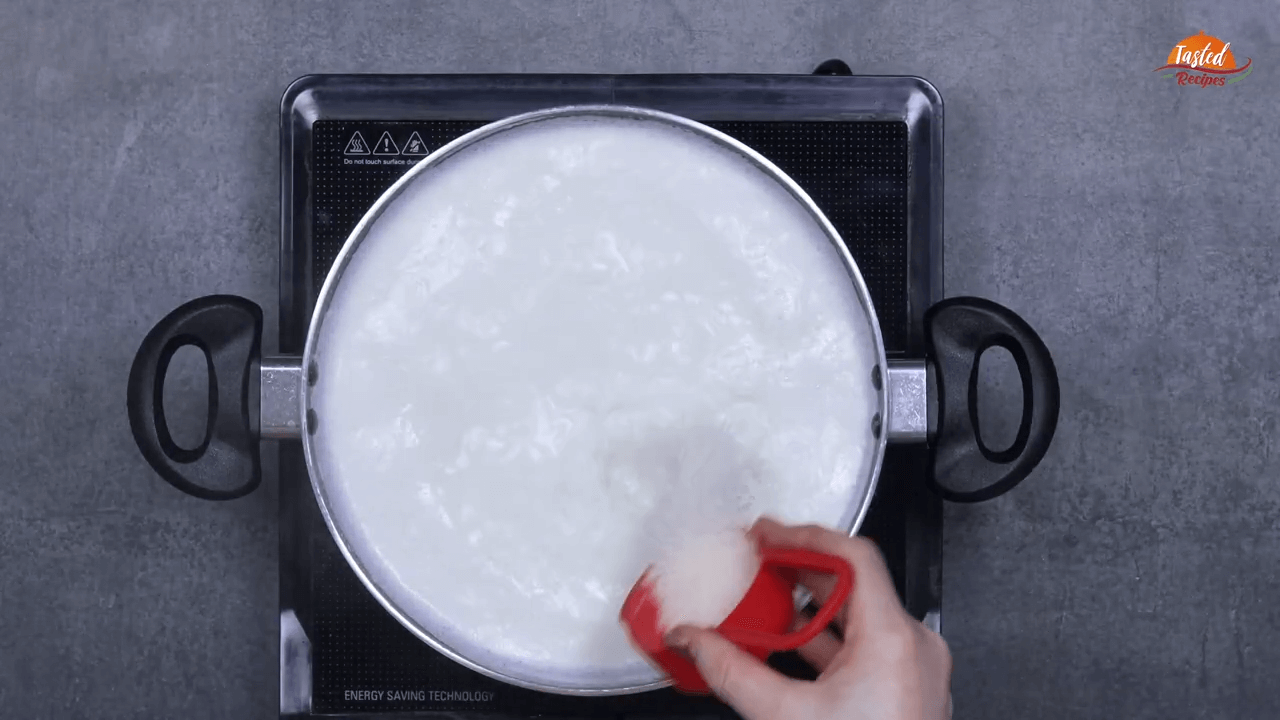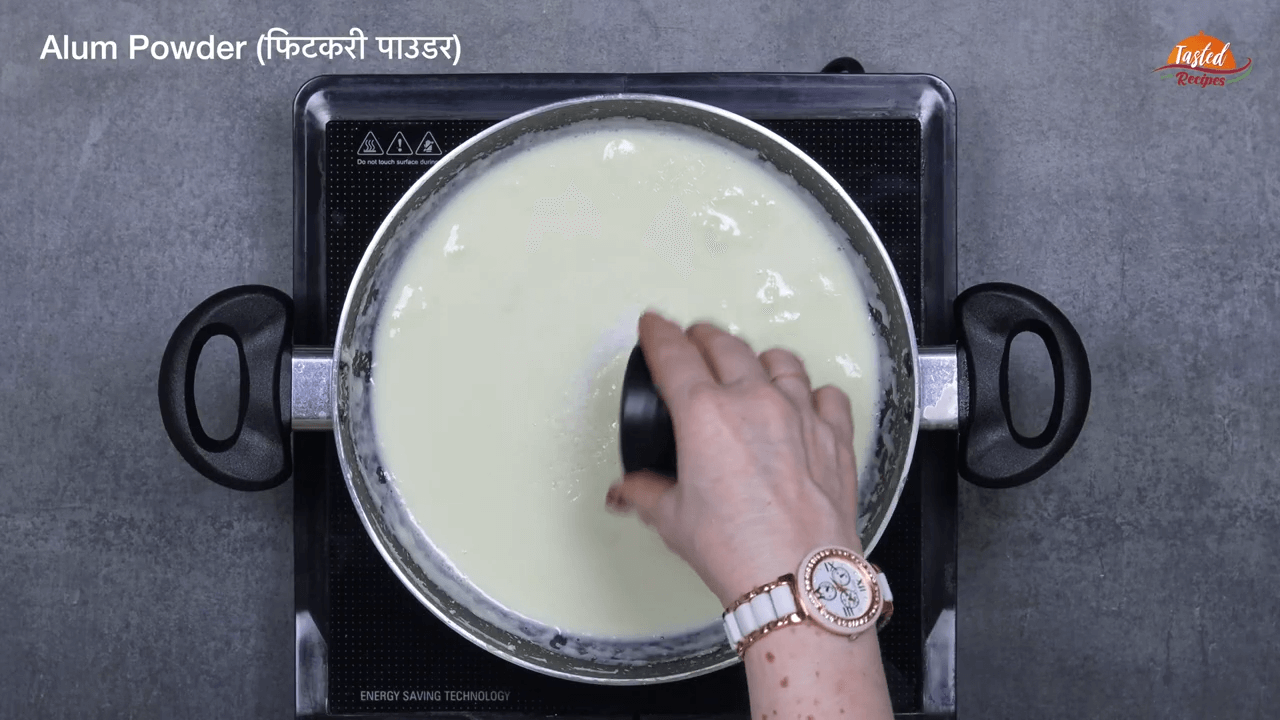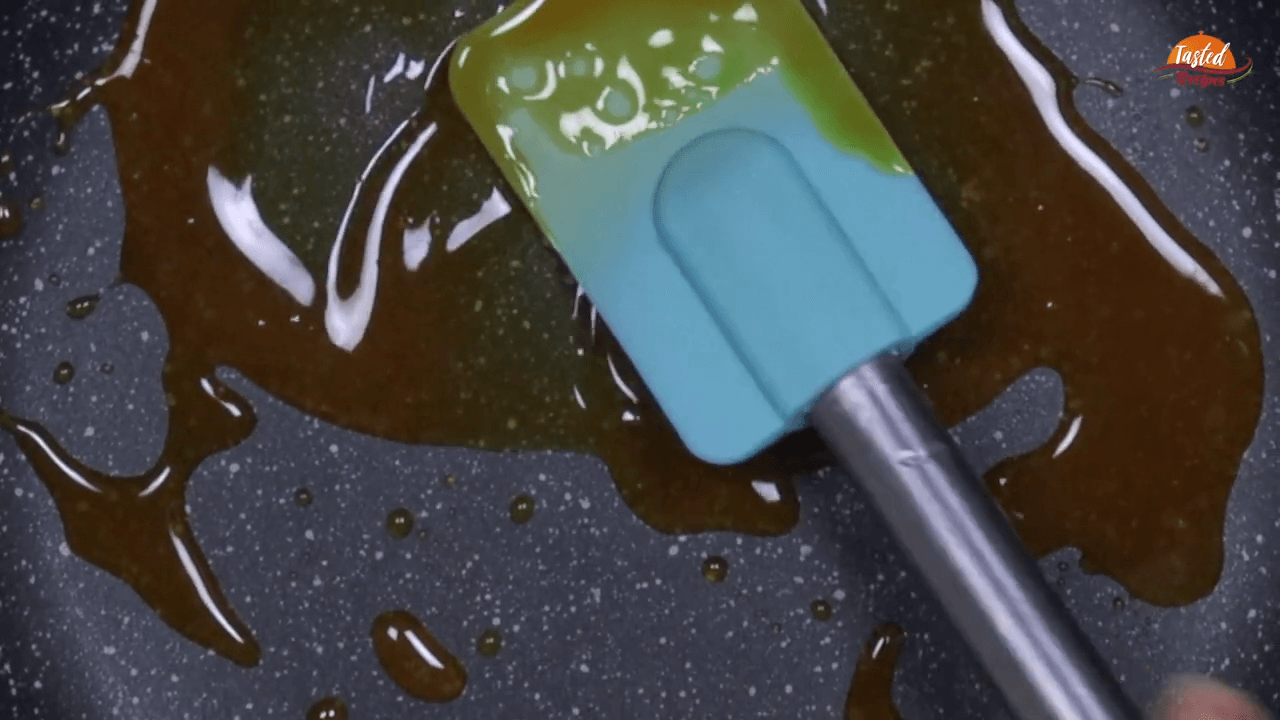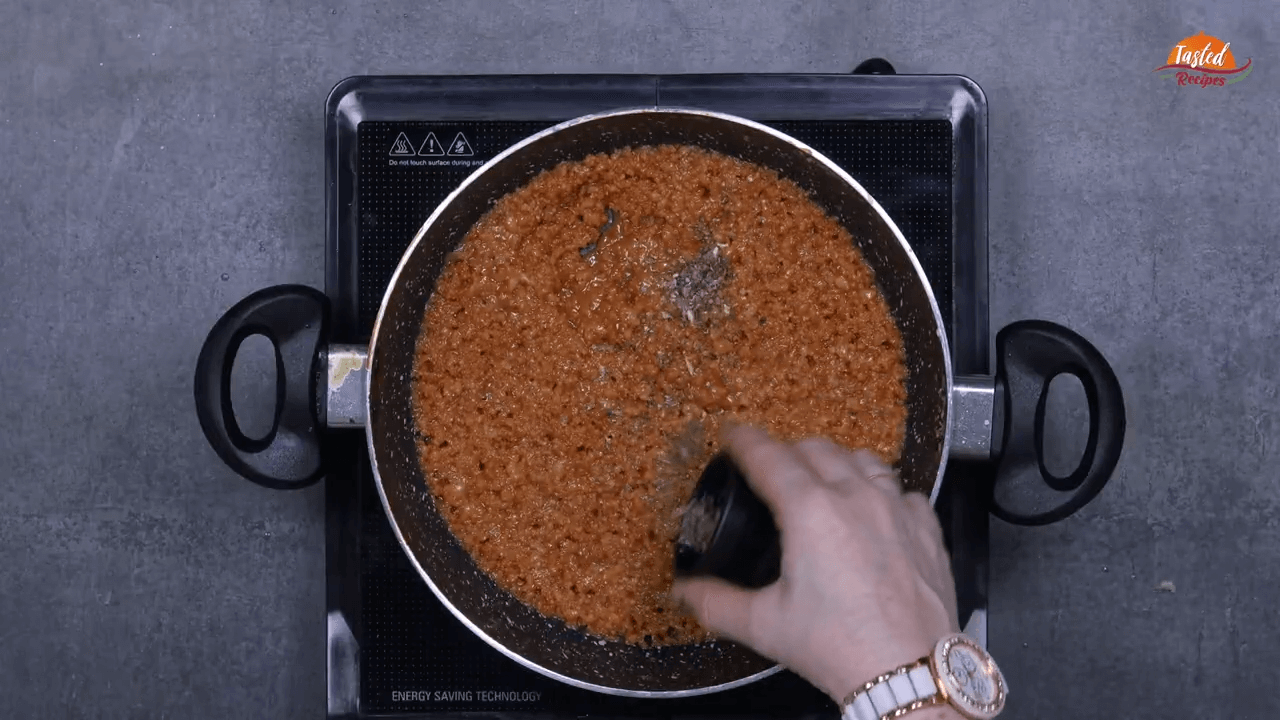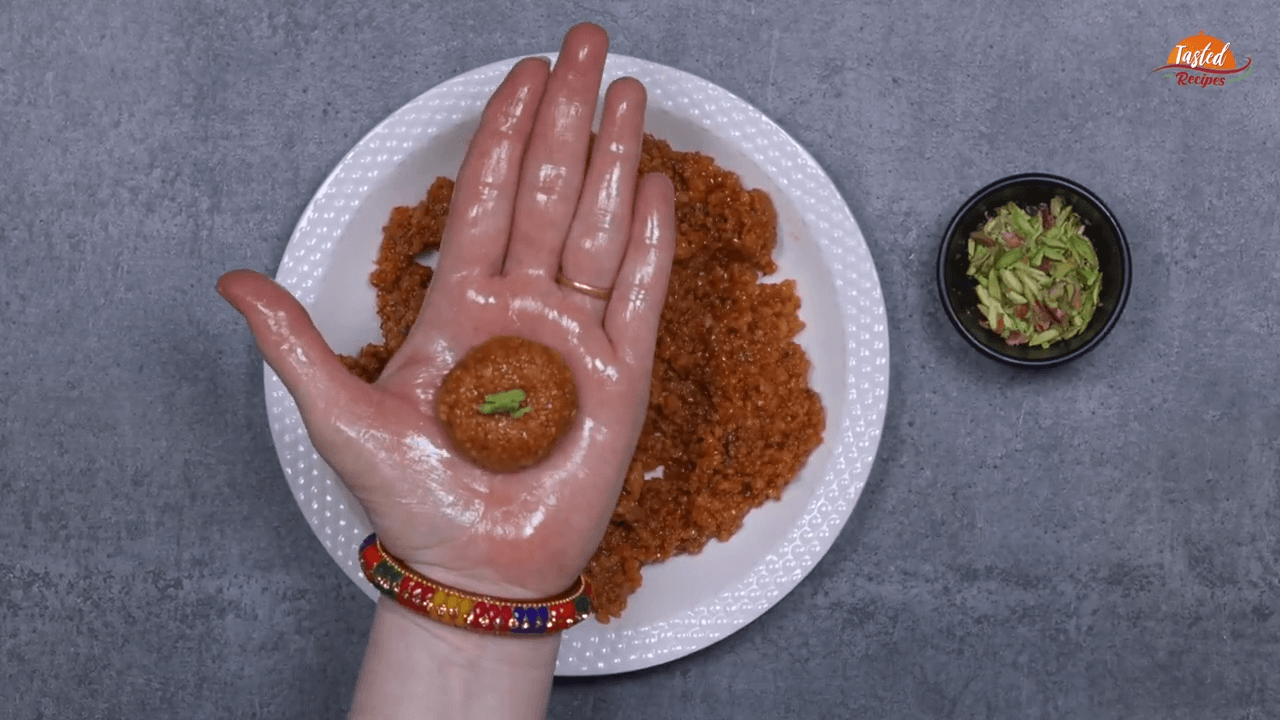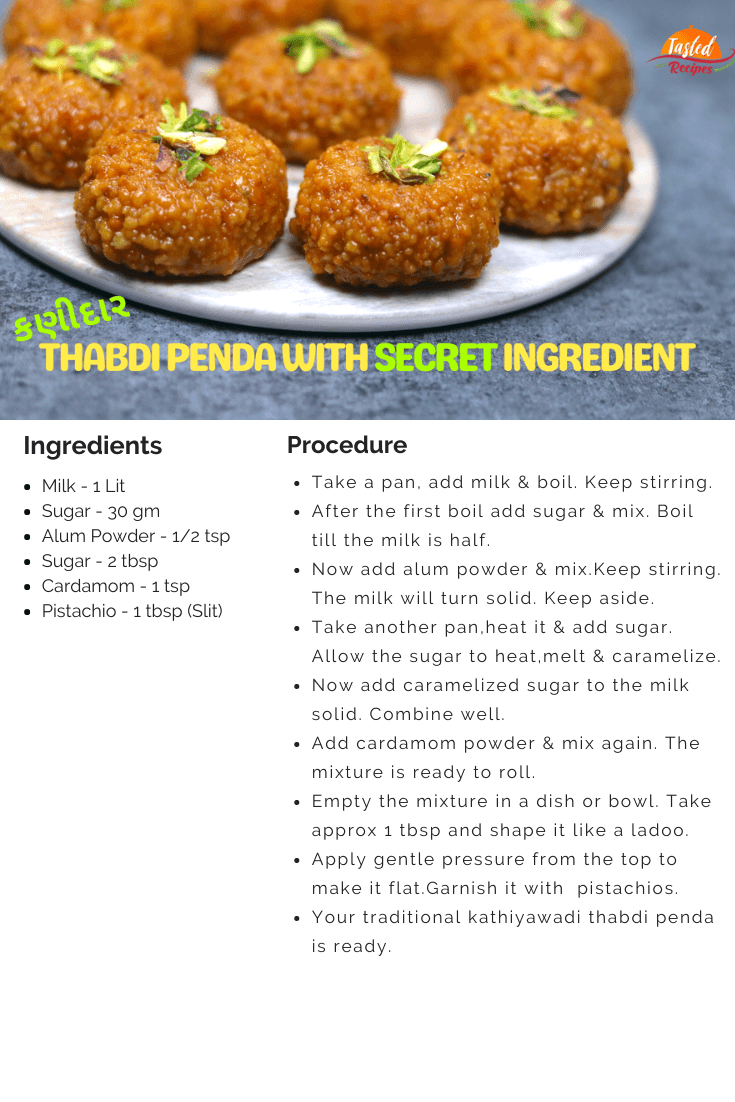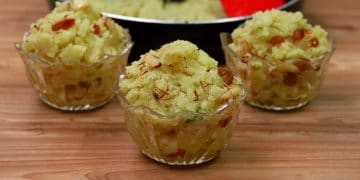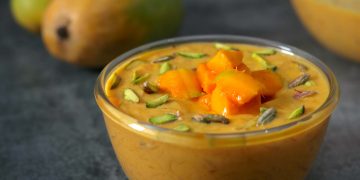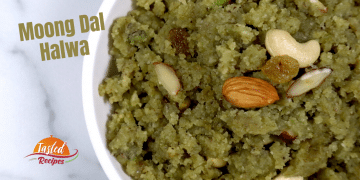The Thabdi Penda is a Gujarati sweet made using milk & sugar in elaichi (cardamom) flavour. This unique Gujarati sweet belongs to Saurashtra (સૌરાષ્ટ્ર), also known as Sorath (સોરઠ) or Kathiawar (કાઠિયાવાડ). Saurashtra is a region in Gujarat located on the Arabian sea coast.
In short, thabdi penda originated in Saurashtra and became famous worldwide. All thanks to the kathiyawadi Gujarati community, who gave us such a tempting recipe. Let me tell you what exactly is thabdi penda & how they differ from normal penda.
What exactly is Thabdi Penda or Pede?
The word meaning of thabdi is to tap. In Gujarati, we call it thabadvu. It’s an action just like we pat on the back or shoulder. Once the mixture is ready, we gently tap on the top to give it shape. That’s the reason why it is known as thabdi penda.
Thabdi Penda v/s Normal Peda
The first difference is the milk mawa, aka milk solid. The normal peda have it, but thabdi penda don’t.
The second reason is the texture of this kathiyawadi sweet. Refer to the thabdi penda images. You will see a granular or, say, coarse texture. In Hindi, it is danedar (दानेदार), whereas, in Gujarati, we call kanidar (કણીદાર). This way, the difference in texture counts.
The third is caramelised sugar. When sugar is caramelised & mixed with milk solid, it becomes golden brown. The normal penda is either white or yellow. The thabdi penda colour is unique and attractive.
So in this way, the above differences distinguish thabdi penda from the normal ones. So without wasting time, let me show you how to make original kathiyawadi thabdi penda at home.
We will start with the ingredients first.
Items Added To Thabdi Penda
Apart from milk, sugar & elaichi powder, there’s a unique item in the list below. No, not the dry fruits. I am talking about alum powder. Read further to know what alum powder is doing in this recipe.
Milk
Use full-fat milk. Avoid cow milk because it’s thin & the yield will be way too less. The process is to boil milk until it thickens. Hence, full-fat milk is what we need here. The volume of the milk solid is more when the milk is half after boiling.
Sugar
Granulated sugar is mandatory because we will be caramelising it. It sounds easy, but caramelising sugar is a tough job. I have learnt how to caramelise sugar after several failed attempts.
All those youtube videos teaching you how to make sugar caramel looks easy-peasy. Unless you don’t do it yourself, you will never know. Watch the recipe video to learn how to caramelise the sugar.
Cardamom & Pistachio
Elaichi powder, aka cardamom, is for flavour. Please do not skip this item or replace it with nutmeg powder. Traditionally made thabdi penda has cardamom in it. Pistachio is to garnish.
Alum Powder (फिटकिरी पाउडर)
Alum is potassium aluminium sulphate. It’s a food additive that is ideal for pickling and canning. We will be using alum powder to curdle thick milk to get granular milk solid. It resembles milk khoya. Moreover, it binds tightly.
One can use lemon juice or white vinegar instead of alum powder. But the yield will be altogether less compared to alum.
After the item list, let us discuss critical points in the making process.
How to make authentic Kathiyawadi Thabdi Penda at home?
First thing first, there’s no milk khoya, aka mawa. Now you can take a deep breath😛. Since we don’t have milk mawa in here, the question is, how will the peda take shape?
Shor answer is caramelised sugar. Yup, the sugar caramel will help shape your peda. Continue reading to know-how.
Boiling milk
To boil the milk till it becomes thick is the crucial part of this recipe. Continuous stirring is required. You can’t just relax while the milk is still on the stove. Doing so will burn the milk.
Hence, avoid using smartphones or any other distractions while boiling milk.
Curdling the boiled milk
When you add alum powder, the milk will curdle. Additionally, there might be water too. If there’s water in it, use a muslin cloth to drain the water. After draining water, the left-out white granular thing is what we need. It will look like khoya.
Caramelising Sugar
I don’t remember exactly how many times I failed to caramelise the sugar. It is countless. The vital fact about caramelising sugar is timing. You need to focus on how sugar melts and slowly caramelises.
Don’t add water. Do not stir unless the sugar granules have completely melted. After melting, the white sugar syrup will start turning brown. When it is medium-dark brown, turn off the flame and remove the vessel.
The moment you turn off the flame, it starts cooling down. Add the sugar caramel to the milk solid; combine well. Your mixture is ready. Shape it like a ladoo & press gently on top to make a peda. Garnish with pistachios.
Your traditional kathiyawadi thabdi penda is ready.
So, that was it with the thabdi penda/pede recipe today. Watch the recipe video for precise details. Follow the recipe steps with images. Compare them side by side while cooking.
